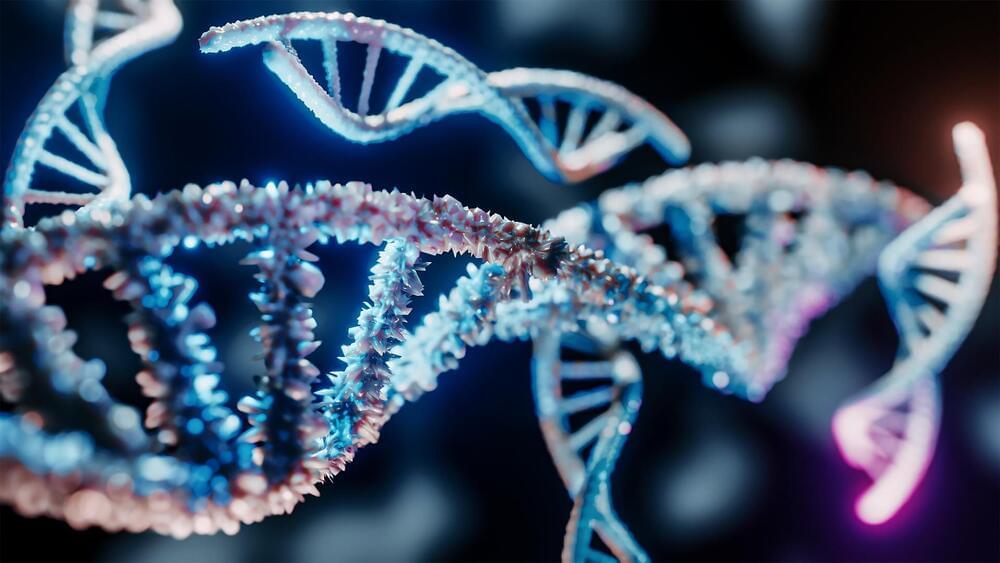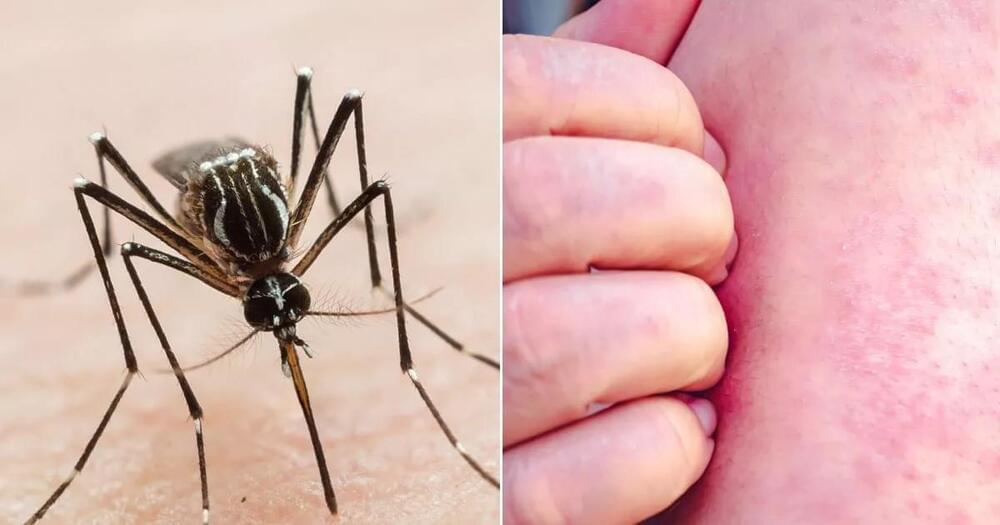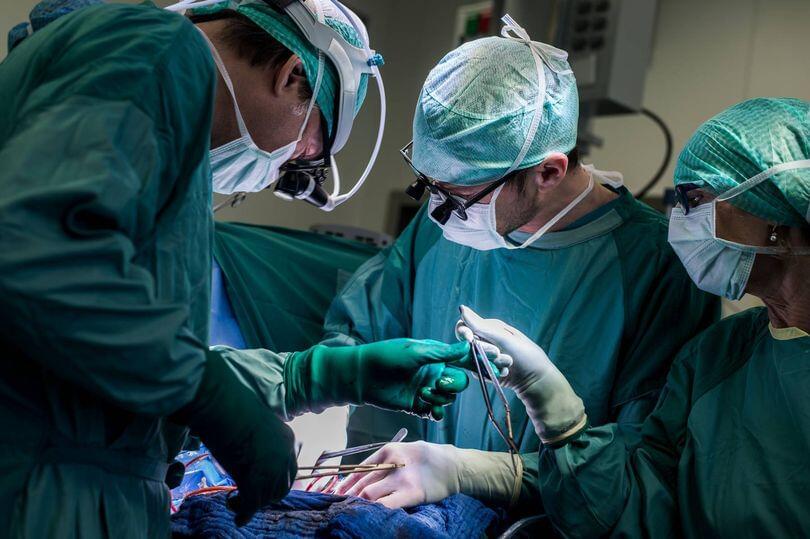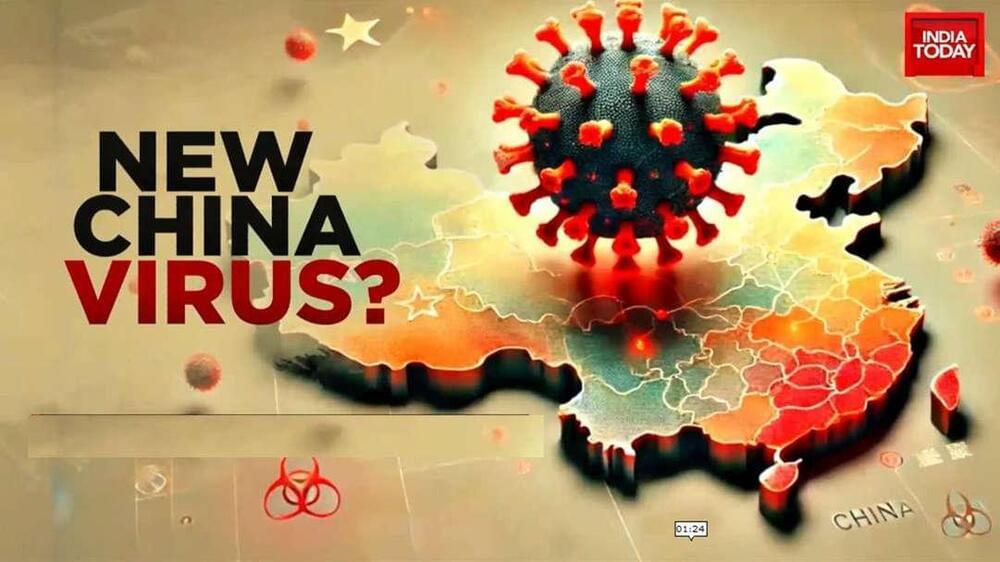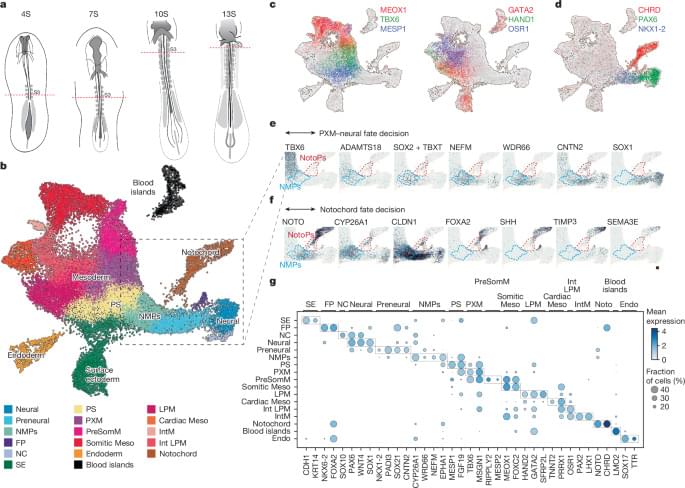Forget conventional electronics, DNA tech stores data, offers computing functions.
Called “primordial DNA store and compute engine,” the technology could store data securely for thousands of years in commercially available spaces without degrading the information-storing DNA, suggests testing.
In conventional computing technologies, the ways data are stored and processed are compatible with each other, according to researchers. However, in reality, data storage and data processing are done in separate parts of the computer, and modern computers are a network of complex technologies.
The new technology is made possible by using recent developments, which have enabled the creation of soft polymer materials that have unique morphologies.
